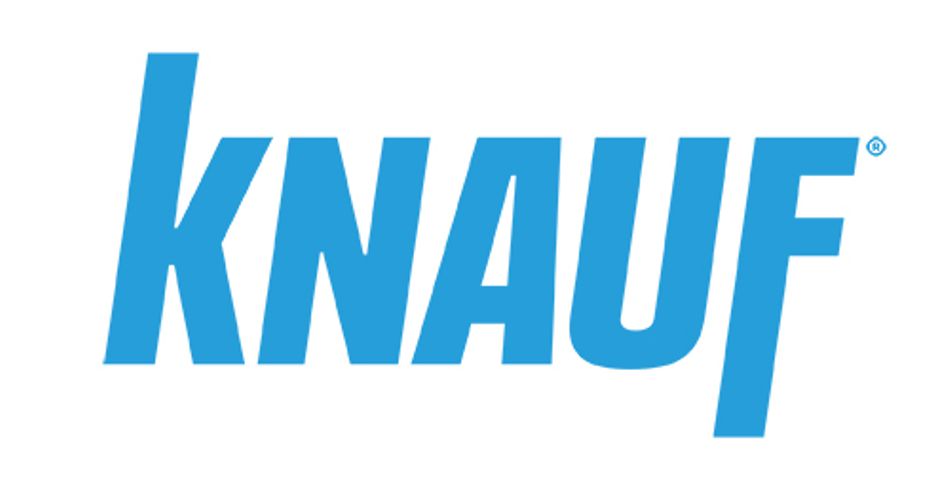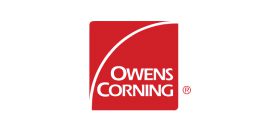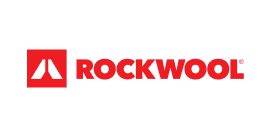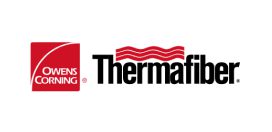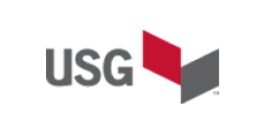The health and safety of building materials are a priority for commercial building owners and occupants—including insulation. In terms of health and safety properties, not all types of insulation are equal.
Fire safety
Flame resistance is, naturally, a primary consideration for insulation in commercial buildings.
- Fiberglass and mineral wool insulation
Materials are noncombustible, and remain so for the life of the product—they require no additional fire-retardant chemical treatments. Note that some fiberglass and mineral wool facings (kraft paper, foil) are combustible, but when properly installed with a code-approved barrier, do not pose a fire risk. Noncombustible fiberglass insulation and mineral wool insulation can be a part of fire protection in commercial buildings:
- Filling voids and concealed spaces with fiberglass or mineral wool helps block fire and smoke from spreading in case of fire.
- While building codes require sprinkler systems in the majority of commercial buildings, the National Fire Protection Association (NFPA) 13 Standard recognizes the use of passive fire protection systems like insulated voids and allows sprinkler to be omitted in concealed spaces when certain requirements are met.
- Cellulose insulation
Products are largely made of newspaper and other combustible materials. Even though it’s heavily treated with fire-retardant chemicals prior to installation, it is a recognized fire hazard by the Consumer Product Safety Commission (CPSC).1
- Spray Foam insulation
Spray foam will combust when it reaches 700°F
Indoor Air Quality
Optimal indoor air quality (IAQ) is key to achieving safe, healthy, relaxing living and working environments. In most cases, comfort is the biggest consideration when evaluating air quality; but with the growing prevalence of asthma and allergies, good IAQ is seen as increasingly critical to health and general well-being.
Ensuring good air quality is no simple task. IAQ can be impacted by many factors in a building, meaning there’s no simple fix if your air quality isn’t what it should be. However, the issue can be broken down into 3 essential approaches.
- Controlling indoor pollutants
- Being mindful of products brought into the home
- Controlling outdoor pollutants
For more details on improving indoor air quality, download Building Science 101.
Health Impacts
Not all insulation materials have undergone the same level of testing and scrutiny when it comes to health and safety.
- Fiberglass insulation
Fiberglass insulation is the most thoroughly tested insulation material available. The International Agency for Research on Cancer (IARC), the US National Toxicology Program (NTP) and the California Office of Environmental Health Hazard and Assessment have all stated that fiberglass and mineral wool thermal and acoustic insulations are not considered classifiable as carcinogens.
- Cellulose insulation
Questions about the health and safety aspects of cellulose insulation persist in the building industry because very little medical or scientific testing of the products has been conducted. There’s still a need for full toxicological testing of dust from cellulose building insulation and dust from pure cellulose fibers.2 Safety conclusions can’t really be drawn until extensive testing is completed.
- Spray foam insulation
The National Institute for Occupational Safety and Health (NIOSH) has issued a warning on Diisocyanate exposure entitled, “Preventing Asthma and Death from Diisocyanate Exposure.” The safety of spray foam insulation is still being evaluated. According to the California Department of Toxic Substance Control, one of the main ingredients in spray foam, methylene diphenyl diisocyanate, could pose a number of health risks, including lung damage and asthma.
See More
–+Methylene diphenyl diisocyanate is known to damage lungs, cause asthma, and trigger asthma attacks in workers who install foam, per to the California Department of Toxic Substances Control. The US EPA has made comparable statements, detailed here.
Different spray foam manufacturers publish different guidelines for length of evacuation times during installation and curing. Note that there are no established evacuation timelines from any government agency.
Mold
Mold can grow in any environment where there’s moisture and food for mold spores, so many organic materials can be food for mold. Even though some products claim to be mold-resistant, mold can grow on ANY surface under moist conditions if organic material exists to support the spores.
- Fiberglass, mineral wool, and spray foam insulation are all inorganic, and therefore don’t feed mold growth.
- Cellulose insulation is composed of organic material, so it can be a food source for mold unless properly treated with chemicals or other agents that can prevent or inhibit mold growth. Mold can grow on all insulation types, but not all insulation products provide a food source for mold growth.
Corrosion
Risk of corrosion to pipes, wires and fasteners is a factor to consider at all phases of commercial building.
- Fiberglass insulation is not corrosive and contains no chemicals that can corrode pipes and wires4
- Cellulose Insulation contains certain chemicals routinely applied as a fire retardant to some cellulose insulation. These chemicals, particularly the sulfates, can cause the corrosion of pipes, wires, and fasteners under some conditions.5
References:
–+- www2.buildinggreen.com/article/flame-retardants-under-fire
- J.M.G. Davis, “The need for standardized testing procedures for all products capable of liberating respirable fibers; the example of materials based on cellulose,” British Journal of Industrial Medicine 1993: 50: 187-190, p. 189.
- Consumer Product Safety Commission Memorandum – September 22, 1983 – Summary of the Formaldehyde in Products Project
- X K. Sheppard, R. Weil, and A. Desjarlais, “Corrosiveness of Residential Thermal Insulation Materials Under Simulated Service Conditions,” Insulation Materials, Testing and Applications, D.L. McElroy and J.F. Kimpflen, Eds. (ASTM: Philadelphia, PA, 1990), pp. 634-654; K. Sheppard, R. Weil, and A. Desjarlais, “Corrosiveness Testing of Thermal Insulation Materials – A Simulated Field Exposure Study Using a Test Wall,” Report ORNL/Sub. 78-7556/4, September 1988.
- Donald W. Belles and Associates, Inc., “Loose-Fill Cellulose Insulation – An Aging Problem,” J. Applied Fire Science, Vol. 30, 295-303, 1993-94; Mark McLees, “‘Going Green’ May Make You ‘See Red,’” Firehouse, June 2008.






